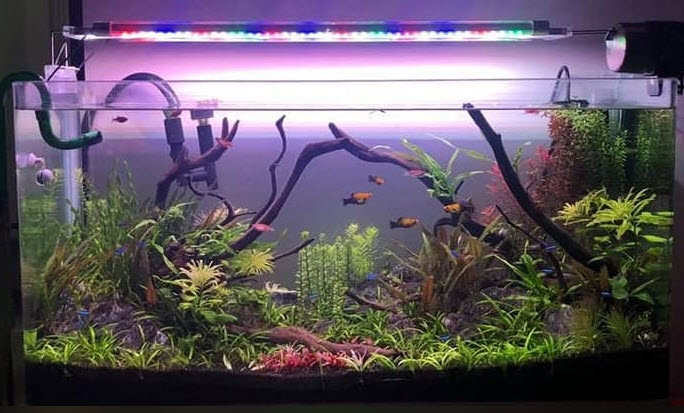
Summary of Salt Treatments for Fish
Salt is often recommended as a “natural” medicine for fish. There are many levels of salt that can be used with fish:
- 0.1 to 1.2 parts per thousand or half a teaspoon to four tablespoons of salt per 10 gallons to an aquarium is a “general tonic very beneficial to all fish”. This is a myth parroted over and over again on social media.
- 0.6 parts per thousand or two tablespoons of salt per 10 gallons is recommended to reduce nitrite toxicity during cycling with fish in the aquarium (based on 8 ppm nitrite). This is not a myth.
- 0.6 to 2.4 parts per thousand or two to eight tablespoons of salt per 10 gallons to shipping water helps reduce stress in the fish . This may or may not be a myth.
- 1.2 to 2.4 parts per thousand or four to eight tablespoons of salt per 10 gallons to an aquarium to treat diseases like ich, flukes, bacteria or fungi. This is a myth.
- above 2 parts per thousand some plants are killed while other plants survive short term exposure (days) of up to 35 parts per thousand. This is not a myth
- 5 parts to 10 per thousand, 0.5% to 1%, three quarter cup to one and one half cups or 16 to 32 tablespoons of salt per 10 gallons to an aquarium to treat external diseases like ich or flukes. This is not a myth but not as effective as medications.
- 1 to 10 parts per thousand of salt will kill certain sensitive fish like corydoras from the Amazon. This is a myth.
- 9 parts per thousand of salt is typically found in the cells of fish and humans. This is true.
- 10 to 35 parts per thousand salt will kill some fish. This is not a myth.
- 35 parts per thousand, three fourths of a cup per gallon, 7.5 cups per ten gallons, twelve tablespoons per gallon (the concentration of sea water) is useful as a bath to kill external skin pathogens like flukes or epistylis on the freshwater fish. This is not a myth. Note this is NOT effective against ich as obviously it cannot kill the infectious ich stages in the water of the aquarium.
And ALL types of sodium chloride (“salt”) are the same chemical and NONE are toxic in any way to fish. Some plants are extremely sensitive to salt, other plants can take a lot of salt.
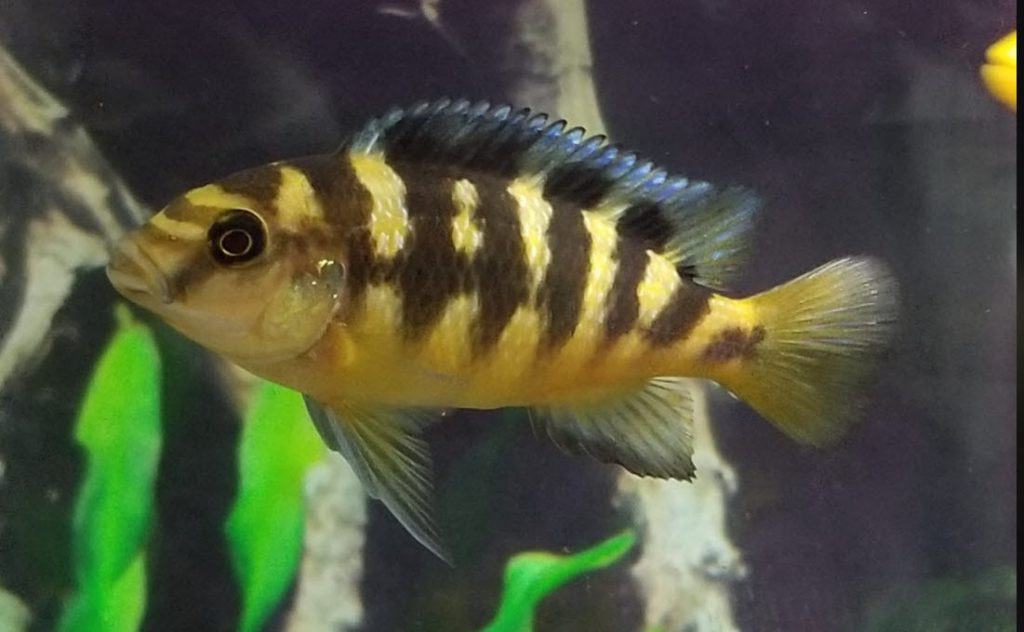
Analysis
Salt categorically does NOT “assist in the healing of injuries, promote the formation of slime coating and improve gill function” at any level. This is simply a well-entrenched myth repeated in many books, let alone on internet forums.
And as for the claim that salt is a “tonic”, each fish has evolved to live in its natural biotope chemistry. There is no evidence that any fish need more than 60 ppm of salts (60 tds) in order to be healthy. Even livebearers such as Mollies do fine in soft water. The area in North America where most molly species originated in has soft, low salt water. There is no experimental research we have found that can correlate fish health with small amounts of salt in the water.
In extremely soft water (less than 60 tds) some fish not from soft water regions can get in trouble as the very soft water pulls out the salt in their bodies. A few water sources, RO water and distilled water all have less than 60 tds and need to be “re-mineralized”. But adding salt to go above 60 tds has no benefit to fish. If one only has a meter which measures microseimens, multiply microseimens (EC (μS/cm)) by 0.55 to get an approximate ppm TDS (sodium chloride) equivalent.
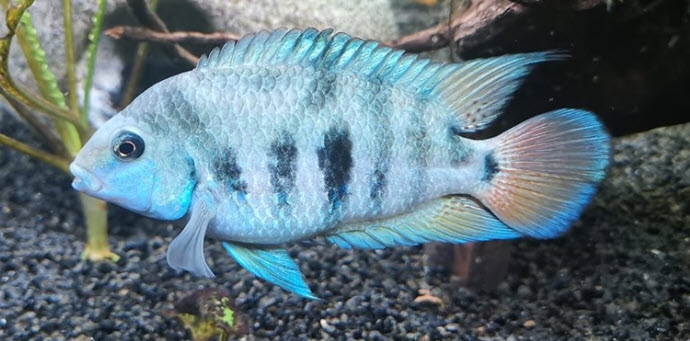
Tolerance of Freshwater Fish to Salt
Nine parts per thousand of salt is typically found in the cells of fish and humans. All freshwater fish appear to have a tolerance to salt up to this concentration. They can all live for many weeks in such a solution if one is desirable of using only “natural” medications for treating fish diseases such as ich or flukes.
The reason for this is simple. The gills of a freshwater fish are designed to keep salt IN the fish at a concentration of 9 parts per thousand, even in water as low a 0.06 parts per thousand. If presented with salt concentrations above 9 parts per thousand SOME freshwater fish will have salt migrate into the body and they die (many are just fine!). But below 9 almost all freshwater fish are just fine, even sensitive blackwater fish.
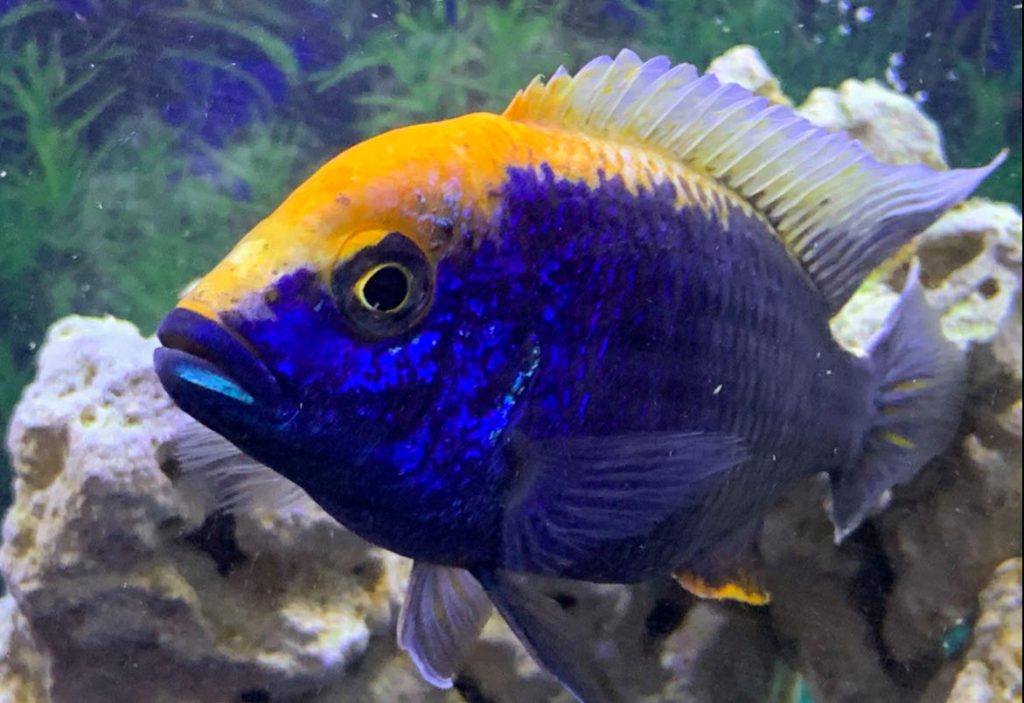
We do recommend caution with levels of salt above 1% or above 10,000 ppm with some so called “blackwater” fish. The “above 1%” is important, very important. There is a “fact” that is commonly quoted on social platforms that corydoras and other Amazon fish are sensitive to salt at even low levels below 1% (10,000 ppm) . This is simply a myth.
A very well run study at the University of North Carolina proved that salt is not detrimental to corydoras at a level up to 0.2% (“Salt Tolerance in the Callichthyid Catfish (Corydoras aeneus)”, Murphy and Lewbart, 2003). Unfortunately the study did not go higher than 0.2%. But many have treated ich with 1% salt with many different fish including “sensitive fish” with no problem. So even blackwater fish can be treated for nitrite toxicity with low concentrations of salt.
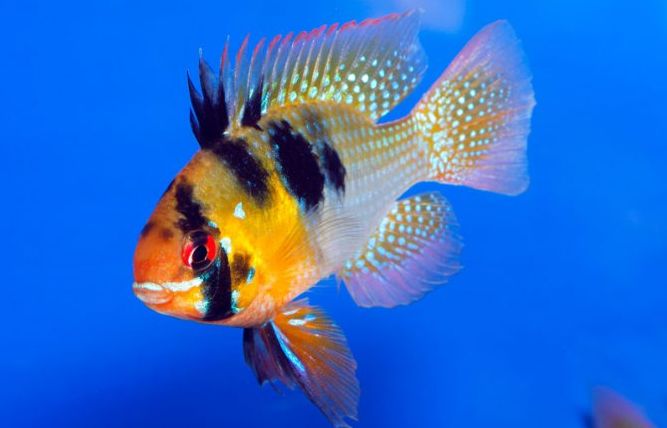
And there is another downside to adding salt that is overlooked in the hobby. If you have some hardness in your water (a dGH over 6 or GH over 107) and you add salt, the salt can force the calcium and magnesium carbonate out of solution and deposit it on the walls of the aquarium. This will give a cloudy appearance to the aquarium and is very undesirable. This deposit is not easily removed.
Treating Ectoparasites
Ectoparasites (parasites that reside solely on the skin of the fish) can be treated with salt. The following research confirms that:
When ich was controlled by salt
- 5,000 ppm salt controlled ich with silver perch, Murry cod, golden perch and dewfish (Selosse et. al. 1990)
- 10,000 ppm salt eliminated ich in mollies (Maceda-Viega et. al., 2014).
- >2,500 ppm salt killed ich theronts l (Aihuaet. al., 2001; Shinn et al. 2005; Lahnsteiner et. al., 2007)
- 5,000 ppm salt reduced infestations (Selosse et. al., 1990; Miron et al. 2003; Balta et al. 2008)
- >2,000 ppm salt controlled ich in silver perch (Mifsud al., 2008)
- 4,000 ppm salt controlled ich in silver catfish (Miron et. al. 2008)
When ich was not controlled by salt
- 1,000 ppm salt did not control ich in silver perch (Mifsud al., 2008)
- 3,000 ppm salt was not effective at eliminating ich in channel catfish (Tieman et. al. 2001).
- 15,000 to 20,000 salt baths for 20 to 60 minutes did not reduce ich (Lahnsteiner et. al., 2007; Balta et al. 2008).
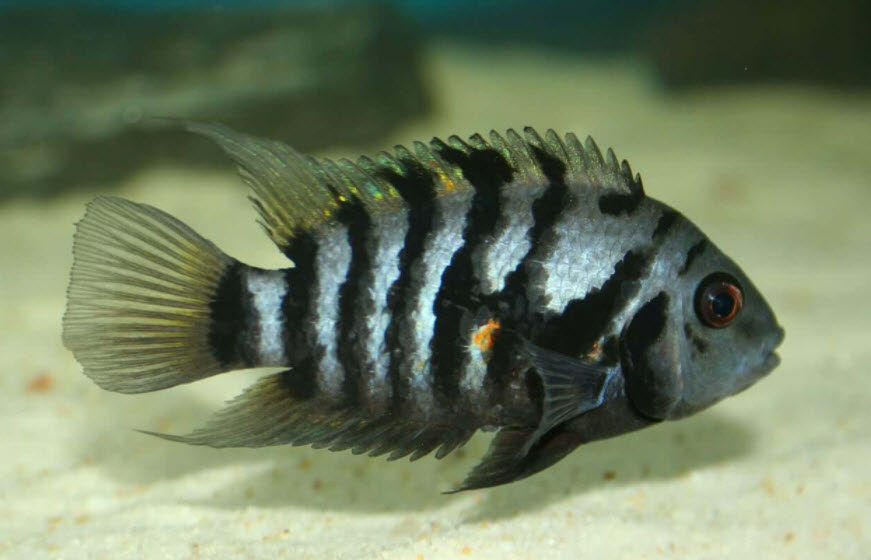
Flukes and salt
- >25,000 salt in a bath for 5 to 15 minutes controlled fluke infections in guppies (Schelkle, et. al. 2010)
- >7,000 salt in the aquarium water controlled fluke infections in guppies (Schelkle, et. al. 2010)
There is university research which says salt at the concentration of seawater (3.5% or 35 parts per thousand) is effective when treating some ectoparasites (chilodonella, costia, epistylis, flukes) when use in a short term bath. So this is not a myth. Put the fish in a 3% salt bath for 30 seconds to ten minutes. Do not go longer than ten minutes. When the fish loses equilibrium and rolls over, quickly return them to fresh water. The bath treatments are effective when fish are place in them every 24 hours for several days.
A liter of water is 1,000 grams. There are 5.69 grams of salt in a level teaspoon of salt. So a 3.5% solution is about 6 level teaspoons of salt per liter of water. Or 36 level teaspoons (12 tablespoons – roughly three quarters of a cup) per gallon of water in a tray. The exact concentration of salt isn’t too important, just make sure it is strong. Just be very cautious with the fish listed above. Some fish on this list can be killed by a salt bath.
Note these salt baths are NOT effective against ich. They can kills some of the trophont cysts on the fish itself but they do nothing against the tiny infectious theronts swimming in the aquarium. So the ich will just come back.
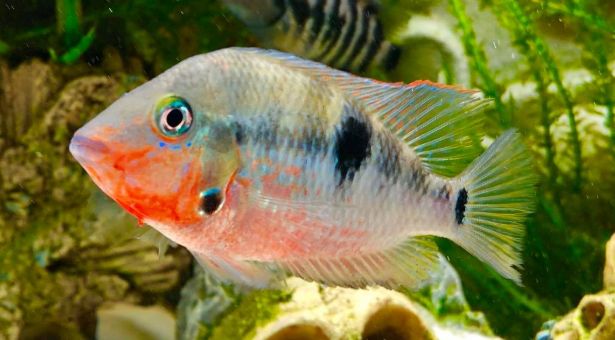
Salt is Salt is Salt
Note that for this discussion there is no difference between “salt”, table salt, sodium chloride, “kosher salt”, “sea salt” or “aquarium salt”. All these products are largely sodium chloride and react exactly the same in a freshwater aquarium.
Although the principal component of sea salt is sodium chloride, the remaining portion can range from less than 0.2 to 10% of other salts. These are mostly calcium, potassium, and magnesium salts of chloride and sulfate with substantially lesser amounts of many trace elements found in natural seawater. There is no research which says any of these sulfates and chlorides or trace elements is of any benefit at all to freshwater fish.
Many “return to loincloth” individuals fervently believe table salt is deadly to fish. Even the fish vet, Dr. Loh, bought into this myth, saying that the anti-caking agent will cause gill congestion and that the “iodine” is bad for fish. He was simply wrong.
Some table salt does have some anti-caking agents (Yellow prussiate of soda, otherwise known as Sodium ferrocyanide Na4Fe(CN)6) in it. There is no need to be terrified of ferrocyanide because the cyanide in this compound is tightly bound to an iron atom preventing it from being released in the body. And even if it were released, it would be irrelevant because the amount is way too little to cause any harm. Not to mention the fact that ferrocyanide itself is remarkably non-toxic.
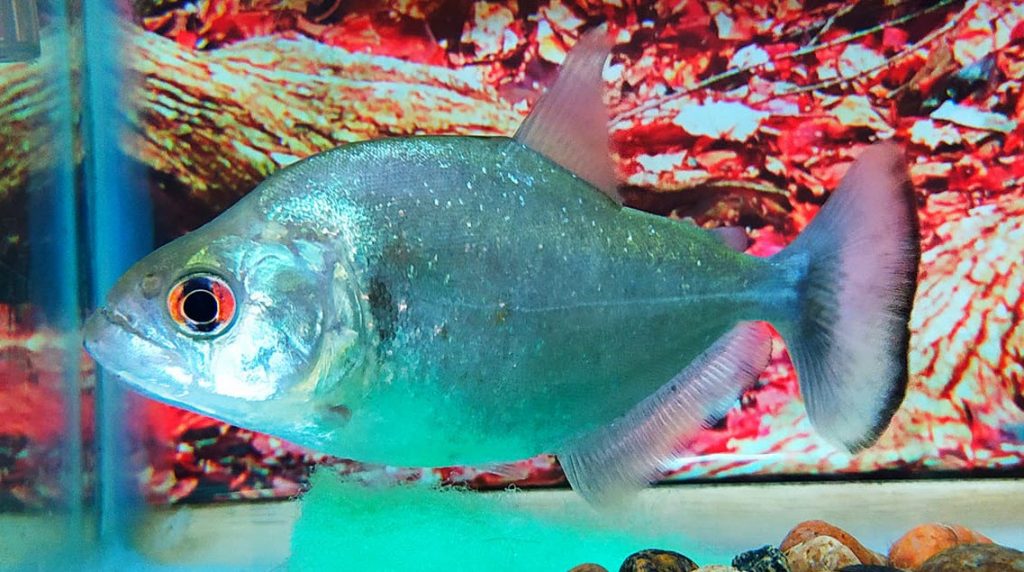
The concentration of sodium ferrocyanide is 13 parts per million in table salt. So in a solution of 0.05% salt (the concentration of a freshwater salt “tonic” or a treatment for nitrite toxicity) there is a concentration of 6 parts per billion of a chemical which is harmless in any case.
“Iodine” is present at 45 parts per million in table salt, which works out to 58 parts per billion of another harmless chemical when used as a “tonic”. And the “iodine” is not present as the element iodine (which has a toxicity close to chlorine) but rather as sodium iodide, which is just about as harmless as sodium chloride (“salt”) is. Indeed, iodide is a necessary element for most organisms (including fish) for the creation of some essential enzymes.
A review of all pertinent research papers showed there is no scientific proof “iodized table salt” is the least bit harmful to fish. Does anyone really propose that salt which is eaten by the tons everyday by humans all around the world is harmful in any way to any living organism?
Note some people add calcium chloride salt to aquariums with snails to help with the shells of the snails. This is harmless as long as the calcium chloride is not used in excess.
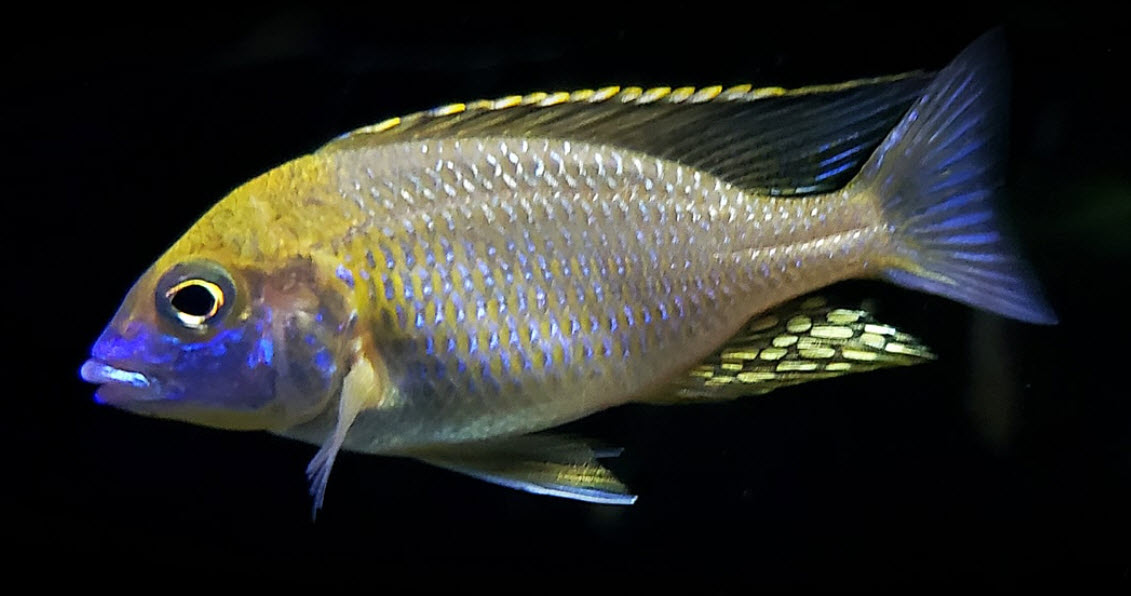
.
Return to Treatments Menu
Return to Ineffective Medications Menu
.
Aquarium Science Website
The chapters shown below or on the right side in maroon lead to close to 400 articles on all aspects of keeping a freshwater aquarium. These articles have NO links to profit making sites and are thus unbiased in their recommendations, unlike all the for-profit sites you will find with Google. Bookmark and browse!
.

Dave says
Travis …. Salt is not beneficial. Period.
Travis Hancock says
Is salt beneficial an any case?
I have long added small amounts of salt to my live bearer tanks and the fish seem better for it. Less problems with parasites. Fry thrive.
So I mean outside of ich treatment if you can’t get Ich-X (sorry europe) is salt ever a good thing?
Thanks,
Travis
Facu says
Thank you Dave. Can I write you an email? I would like to consult you some basics things about salt water aquariums. Don’t want to fall into the marketing hype.
I don’t want to change the main topic of this comment section so I tought that it could be a better way of comunication.
Dave says
In reply to Facu … No corals
Facu says
Thank you Dave for your answer. Did you include corals?
Dave says
In reply to Facu …. I had marine aquarium that only used table salt. It worked well.
Facu says
Hello Dave,
I was wondering if marine salt for aquariums is also a marketing invention and if is posible to have salt water fishes just with NaCl
Dave says
In reply to Mark B …. there are hundreds of bacteria and archaea that have been identified as oxidizing ammonia, all with differing salt tolerances. So there is no answer to your question. Some for instance do best in the salinity of ocean water.
Mark B says
Reading about salt today (12.4.2 Salt) and what concentrations can and cannot kill fish, plants, bacteria, parasites, …etc. Got me wondering… At what salt concentration does one start to adversely affect or even kill beneficial bacteria in the tank and filter?